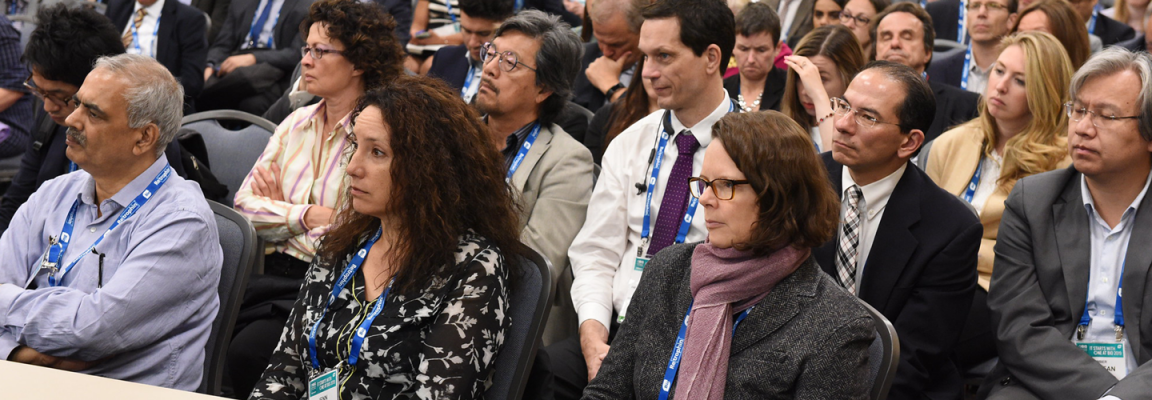
BIOtech Now
Jeremy Isenberg

Drug overdose deaths, including those involving opioids, reached 42,000 in 2016 (CDC), prompting a national response from the healthcare community to the sprawling crisis. The rise of opioid deaths appears to have occurred in three waves: first prescription opioids, followed by heroin, and most recently, synthetic opioids. The community recognized that coordinated efforts from all healthcare stakeholders was required to curb this epidemic.
Industry leaders gathered Tuesday afternoon at the 2019 BIO International Convention to discuss these issues at a panel session, “Opioids: Changing the Paradigm of Treating Pain and Addiction—One Year Later.” The distinguished panel was moderated by Michael Kleinrock, Director for Research Development, IQVIA Institute for Human Data Science. Panelists included: Gerald Dal Pan, Director of the Office of Surveillance and Epidemiology, Center for Drug Evaluation and Research, U.S. Food & Drug Administration; Danielle Friend, Director for Science and Regulatory Affairs, Biotechnology Innovation Organization (BIO); Nicole Hemmenway, Interim CEO, U.S. Pain Foundation; and Gary Mendell, Founder and CEO of Shatterproof.
During this session, the panelists examined the opioid epidemic with a focus on the patient perspective being highlighted by all panelists. Panelists also discussed the impact of various activities by private, public, and nonprofit stakeholders at the local, state, and federal level to help change the landscape of pain and addiction.
The session began with impassioned stories from two patient advocates deeply affected by the crisis, which showed the truly devastating impact of the problems at hand. The conversation then shifted to the importance of biotech in addressing the crisis, highlighted by Dr. Friend’s analysis of the clinical pipeline for novel pain treatments.
The analysis illustrated that pain therapeutics lag behind other therapeutic areas while providing for the largest share of healthcare spending. Panelists also emphasized the impact of a clear decline in opioid prescribing patterns, attributed to many factors, not the least of which is a greater awareness from clinicians to alter their clinical practicing patterns.
BIO and its members worked tirelessly on robust responses across the local , state and federal levels, culminating in the passage of the SUPPORT for Patients and Communities Act, signed into law by the President in 2018. In addition to BIO’s policy work to help enact SUPPORT, Dr. Friend highlighted some more of BIO’s industry research and policy activities to help address the opioids crisis. BIO believes that we should support policies that unleash the power of scientific innovation to develop solutions that will allow for an America free of prescription opioid addiction.
More specifically, this plan rests on three principles:
- Advance our understanding of the biology of pain and addiction to enable the development of innovative treatments for pain and addiction and ensure appropriate and optimal use of existing therapies;
- Ensure patients suffering from pain or addiction are able to receive the right treatment at the right time with the right support, without stigma; and
- Stimulate research & development (R&D) of innovative treatments that effectively treat pain and opioid addiction and prevent abuse.
To achieve this, government engagement will be key—BIO has engaged with the FDA and the NIH on these issues and will participate on the National Institutes of Health’s HEAL Initiative Partnership Committee. The Committee will contribute to the development of products to advance HEAL investments with input from industry, government, and academic partners; provide input to NIH panels responsible for specific programs such as biomarker validation program and animal screening platform design, and provide consultation to NIH around breaking down barriers that impede the success of HEAL.
While much progress has been made—and we continue to see the crisis subside to more manageable levels—thousands are still falling victim to this epidemic. The consensus message from the panelists was that this fight is not over—more must be done to further change the paradigm for treating pain and addiction.
Powered by WPeMatico

